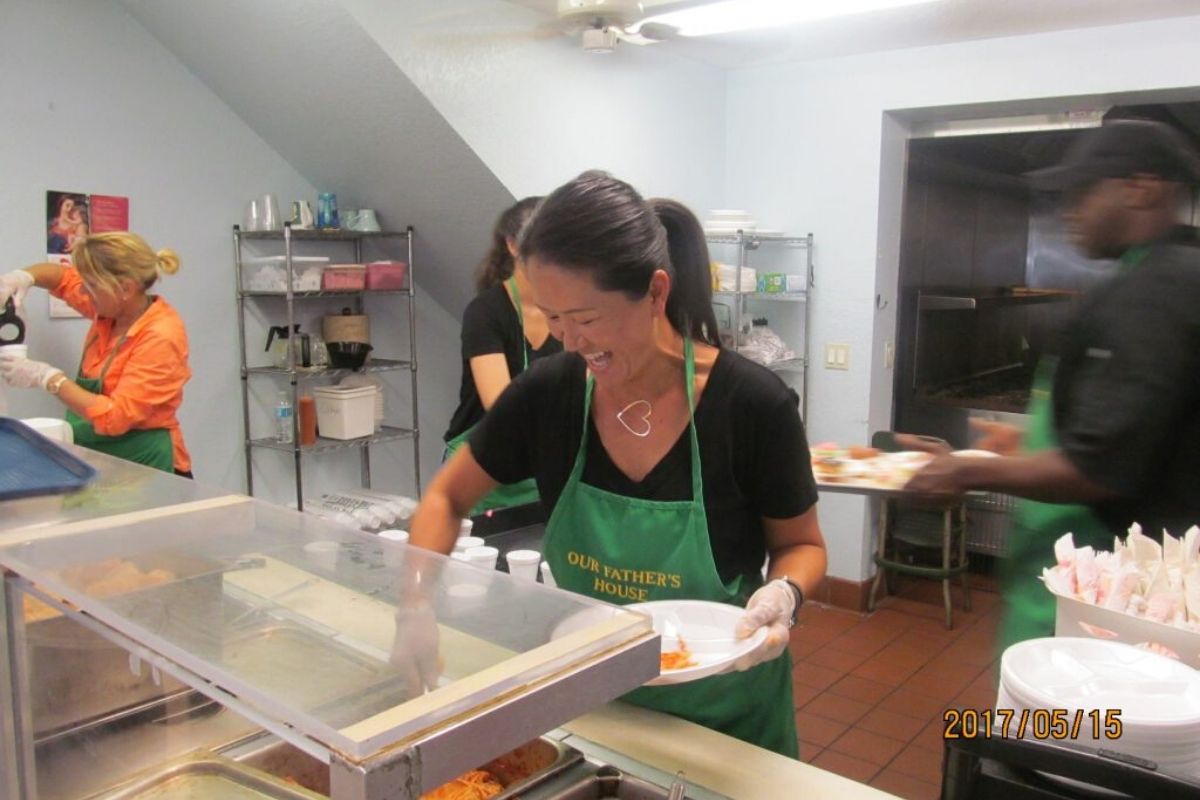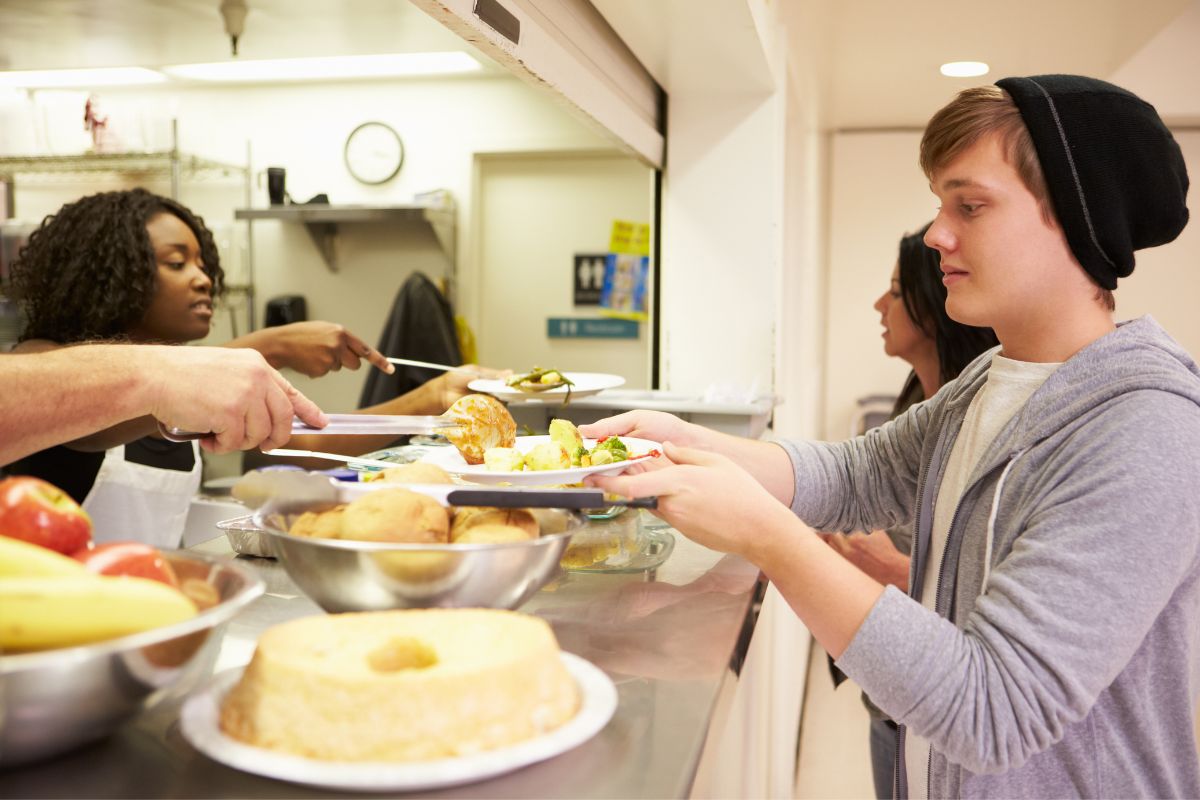How to Start a Soup Kitchen and Help the Homeless

Published July 30, 2025
Starting a soup kitchen like Our Father’s House Soup Kitchen is an incredible way to give back to your community, but it also involves a great deal of planning, dedication, and effort. A soup kitchen serves not only warm meals to those in need but also companionship, hope, and a sense of belonging.
If you’re looking to take on this rewarding challenge, this guide will walk you through the essential steps.
What Is a Soup Kitchen?
At its core, a soup kitchen is a place that provides free meals to individuals who are homeless, unemployed, or otherwise unable to meet their basic needs. These meals are often hot and nutritious, offering a lifeline in times of uncertainty.
Despite what the name suggests, soup kitchens often serve more than just soup. Many provide full meals or even special dietary options for guests with specific needs. Beyond food, some soup kitchens also distribute essential items like clothing, hygiene products, and shoes.
More than anything, soup kitchens bring people together by fostering a sense of community and solidarity. Volunteers, donors, and guests all play a role in fighting hunger and helping those in need.
Soup Kitchens vs. Food Pantries
While similar in their mission to help individuals facing food insecurity, soup kitchens and food pantries operate differently.
- Soup Kitchens: Serve ready-to-eat meals, making them ideal for individuals who don’t have access to cooking facilities, such as the homeless.
- Food Pantries: Provide uncooked food items, which recipients take home and prepare themselves. Food pantries cater more to families or individuals who have space to store and cook meals.
It’s essential to decide which of these models aligns best with your community’s needs before moving forward.
Planning Your Soup Kitchen
Bringing your vision of a soup kitchen to life starts with solid planning. Below are key steps to help you lay the groundwork.
1. Identify Your Mission and Goals
Ask yourself, “What do I want to achieve with this soup kitchen?” Do you aim to provide hot meals only, or would you also like to offer additional services like hygiene kits or job assistance? Clearly defining your mission will guide every decision you make going forward.
2. Assess Resources
Take stock of what resources you already have access to and identify gaps. Consider asking these questions as part of your evaluation process:
- Do you have a location to serve meals?
- Who can you count on for support? volunteers, partners, or local businesses?
- What funding opportunities or grants are available to you?
3. Define Your Services
Setting realistic boundaries is essential. Determining the scope of your services—whether it’s limited to meal provisions or extends to distributing other necessities—will keep your efforts effective and sustainable.
4. Create a Food Safety Plan
Serving food to the public means adhering to food safety laws. Your plan should cover essential details such as proper storage, food preparation standards, and protocols for handling allergies or religious dietary restrictions.
Steps to Start Your Soup Kitchen
Once your plan is in place, here are the practical steps to get your soup kitchen up and running.
1. Choose an Accessible Location
Your soup kitchen should ideally be easy for your target audience to reach. Locations near public transportation or areas with higher concentrations of individuals in need are best. Temporary spaces, such as church halls or community centers, can also be effective starting points.
2. Register as a Non-Profit
Formally registering your soup kitchen as a non-profit not only helps establish its legitimacy but also unlocks eligibility for tax exemptions and funding assistance. Research the specific process in your state, which often includes filing Articles of Incorporation and applying for federal tax exemption.
3. Secure Permits and Insurance
Permits for food handling, health inspections, and zoning are typically required to operate a soup kitchen. Additionally, liability insurance can protect both you and your volunteers in case of accidents or mishaps.
4. Build a Support Network
Volunteers and donations are the lifeblood of any soup kitchen. Recruit helpers from among friends, faith-based communities, and social networks. Simultaneously, reach out to local businesses and organizations for food and monetary donations.

5. Acquire Equipment
From pots and pans to serving utensils and food warmers, equip your kitchen with tools that match the number of meals you aim to serve daily. Starting small is okay; you can always expand as your operations grow.
6. Spread the Word
Promote your soup kitchen through social media, flyers, and word-of-mouth to reach both potential guests and donors. Engaging storytelling is a great way to showcase your mission and build community trust.
Supporting Our Father’s House Soup Kitchen
If you’re looking for inspiration and a way to make an immediate impact, consider supporting Our Father’s House Soup Kitchen. With over 900,000 hot meals served since 1993, this non-profit has been a beacon of hope for South Florida’s homeless and underserved populations.
You can help this mission continue by donating funds online or contributing items like clothing and toiletries. Every little bit helps transform someone’s day, and sometimes, their entire life.
Visit Our Father’s House Soup Kitchen to learn more about how you can get involved or make a donation.
Final Thoughts
Opening a soup kitchen is challenging but incredibly rewarding. By starting with clear goals, building a strong support system, and staying committed to your mission, you can create a place that offers food, dignity, and hope to those who need it most.
Whether you’re taking the first steps toward starting your own soup kitchen or exploring ways to support existing efforts, your actions create a ripple effect of kindness and compassion that our communities desperately need. Together, we can fight hunger one meal at a time.
Donate To The Poor & Homeless Of South Florida
Our Father’s House Soup Kitchen has fed the poor and homeless in South Florida over 900,000 hot meals since 1993. Our tax deductible non profit organization also accepts and distributes donations such as clothing, toiletries, shoes, bicycles, and more. You can donate to help the poor and homeless through our website.

Reviewed For Factual Accuracy
Our team meticulously fact-checks all website content before publishing. Discover more about our website’s editorial standard here and the dedication we uphold.

About The Author
Meet writer Rei Bayucca, a graduate of Saint Louis University. Prepare to delve into insightful articles tailored to solve your most pressing problems. Rei has the knack for captivating you with expertly crafted content that will leave you craving more.
Correct Digital, Inc is paid by private donors to provide website digital marketing services to this non-profit organization.





